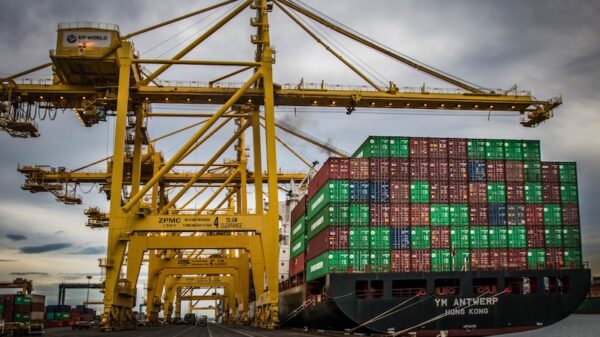SpaceX is poised for an overnight launch on July 28, 2024, to enhance its Starlink satellite constellation. The Falcon 9 rocket will lift off from Cape Canaveral Space Force Station, adding another **28 V2 Mini satellites** to the existing network of **8,600 satellites** currently in low Earth orbit. This mission, designated Starlink 10-52, is set to launch at **2:42 a.m. EDT** (0642 UTC).
According to astronomer and noted orbital tracker **Jonathan McDowell**, SpaceX has conducted **91 Falcon 9 launches** in support of its Starlink initiatives out of over **125 launches** planned for 2025. The mission underscores SpaceX’s commitment to expanding its satellite internet service, which aims to provide coverage to remote and underserved regions across the globe.
Launch Details and Weather Forecast
The launch will take place from **Space Launch Complex 40**. The **45th Weather Squadron** has provided a favorable forecast for the launch window, predicting a **95 percent chance** of good weather, with minimal risk from cumulus clouds. However, conditions in the designated landing zone for the Falcon 9 first stage booster, tail number **B1095**, are categorized as having a “moderate” risk.
B1095 has previously been used for two Starlink missions earlier this year. SpaceX plans to recover the booster using the drone ship **’Just Read the Instructions’**, which will be positioned in the Atlantic Ocean. If successful, this launch will mark the **138th landing** on this drone ship and contribute to the overall **519 booster landings** achieved by SpaceX to date.
Significance of the Starlink Mission
The Starlink project represents a significant advancement in satellite technology and internet accessibility. With the addition of these new satellites, SpaceX aims to improve the performance and reliability of its service. The company has faced challenges and competition in the satellite internet market, but its rapid launch capabilities give it a strategic advantage.
As the launch approaches, SpaceX continues to demonstrate its leadership in the aerospace industry. With this mission, the company not only expands its satellite fleet but also reinforces its commitment to providing global internet coverage.
Live coverage of the launch will begin approximately one hour prior to liftoff, providing real-time updates on the mission’s progress and any developments that may arise.








































































